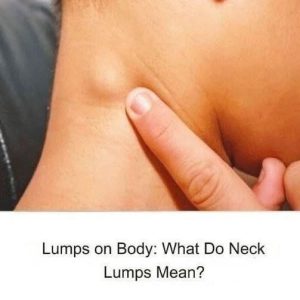Acne is a common skin condition that affects millions of people worldwide, particularly teenagers and young adults. It occurs when hair follicles become clogged with oil, dead skin cells, and bacteria, leading to inflammation. The most common types of acne include blackheads, whiteheads, papules, pustules, nodules, and cysts. While acne is not a life-threatening condition, it can significantly impact self-esteem and mental well-being, making it an important issue to understand and address.
The primary causes of acne include excess oil production, clogged pores, bacterial infections, and hormonal fluctuations. Hormones, particularly androgens, stimulate the sebaceous glands to produce more oil, increasing the likelihood of clogged pores. Genetics also play a crucial role, as people with a family history of acne are more likely to develop it. Other contributing factors include stress, certain medications, diet, and environmental pollutants. Understanding these triggers can help individuals take preventive measures to reduce breakouts.
Acne can be categorized into different severity levels, from mild to severe. Mild acne typically consists of blackheads and whiteheads, while moderate acne includes inflamed pimples and pustules. Severe acne is characterized by painful nodules and cysts, which can lead to scarring if not treated properly. The severity of acne determines the best treatment approach, ranging from over-the-counter products to prescription medications. Early intervention is crucial in preventing long-term skin damage.
There are various treatment options available for acne, depending on its severity and underlying causes. Mild acne can often be managed with topical treatments containing ingredients like benzoyl peroxide, salicylic acid, or retinoids. For moderate to severe cases, dermatologists may prescribe oral antibiotics, hormonal therapies, or isotretinoin (commonly known as Accutane). Additionally, professional treatments such as chemical peels, laser therapy, and extractions can help improve the skin’s condition.





